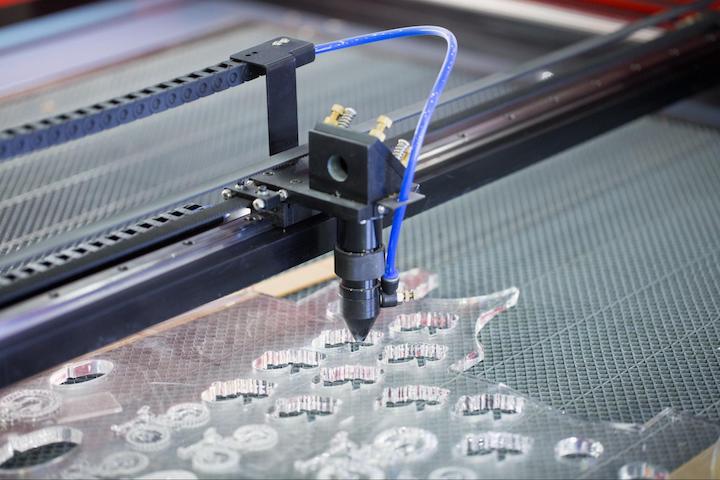Custom CNC cutting is now a preferred solution for manufacturers and builders who need panels, sheets, or cladding parts that fit perfectly the first time. Compared with manual cutting, CNC routing delivers digital precision and repeatability, reducing waste and speeding installation.
Design to machine workflow for precise panel cutting

CNC quality begins with a clear digital path from drawing to finished part, so accuracy starts before the router turns on. Clients share CAD files or rough layouts, and the shop converts them into toolpaths that reflect thickness, grain direction, and target edge quality.
If you are evaluating providers, learn more about CNC routing service to see what file types, tolerances, and finishes are usually supported. A strong partner also reviews designs for manufacturability, flagging tight corners, tiny tabs, or unsupported cutouts that could weaken a panel.
For sheets like plywood, MDF, aluminum composite, stainless steel, or HPL, the workflow often includes nesting. Nesting arranges parts to maximize yield, which can cut material cost on larger runs.
Many shops also add part labeling directly in the program, using light engraving or printed tags. This improves traceability and makes it easier for installers to match panels to drawings on site.
Once approved, the CNC router follows the path exactly, keeping cuts square and consistent across every unit. That consistency matters for cladding systems where small deviations create visible seams or force on site rework.
Material selection and edge finishing for cladding components

Panels and cladding elements face different demands depending on the environment, so material choice is a performance decision as much as a cost one. Exterior cladding may need weather resistant composites or treated timber, while interior panels often prioritize appearance and machinability.
CNC routing can form clean profiles in both soft and hard materials, but parameters must be tuned to avoid chipping, melting, or burrs. Feeds, speeds, and bit geometry are adjusted for each sheet type, and proper hold down keeps thin panels from vibrating.
Edge finishing is another CNC advantage because the router can do more than cut an outline. It can add bevels, chamfers, dados, slots, and hidden fixing channels that make assemblies stronger and faster to install.
After machining, edges may be sanded, sealed, painted, laminated, or fitted with trims. For architectural cladding, a controlled edge finish preserves uniform shadow gaps and helps block moisture over time.
Quality control, scalability, and cost efficiency

Professional CNC shops verify parts throughout production instead of relying on visual checks. They measure critical dimensions, inspect surface quality, and confirm that hole patterns align with fastening systems.
Results are usually documented in inspection sheets or digital reports, especially for regulated projects. Clear records make future re orders simpler and support warranty claims if issues arise.
Automation makes CNC highly scalable. Once the program is dialed in, producing ten parts or ten thousand parts uses the same setup, keeping tolerances steady and labor predictable.
Savings come from reduced scrap, shorter cycle times, and fewer downstream corrections. When parts arrive ready to fit, installers trim less, projects run smoother, and timelines shrink.
CNC cutting also supports rapid prototyping, letting teams test a panel layout or cladding module before full production. Early validation prevents expensive surprises and gives confidence that the final system will perform as intended.
Conclusion
Custom CNC routing delivers accurate, repeatable panels and cladding components across wood, metal, and composite sheets. With a disciplined digital workflow, smart material and edge choices, and consistent quality control, it turns complex designs into install ready parts without slowing your schedule.

